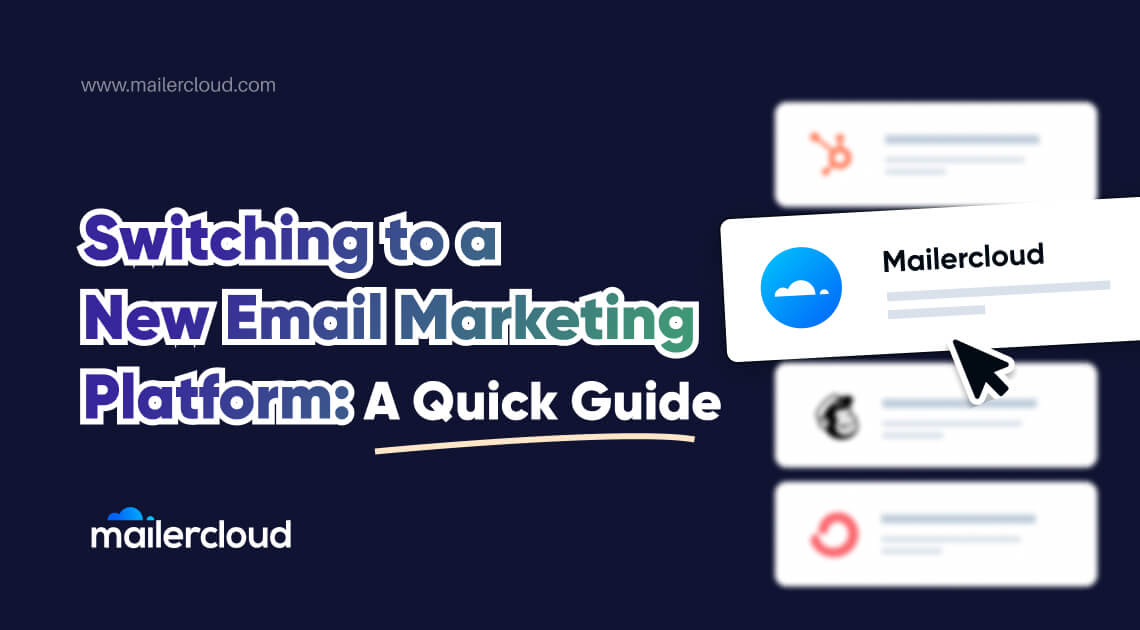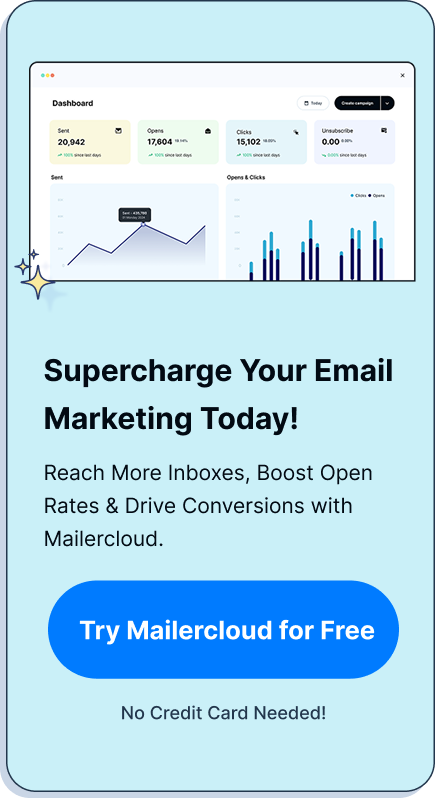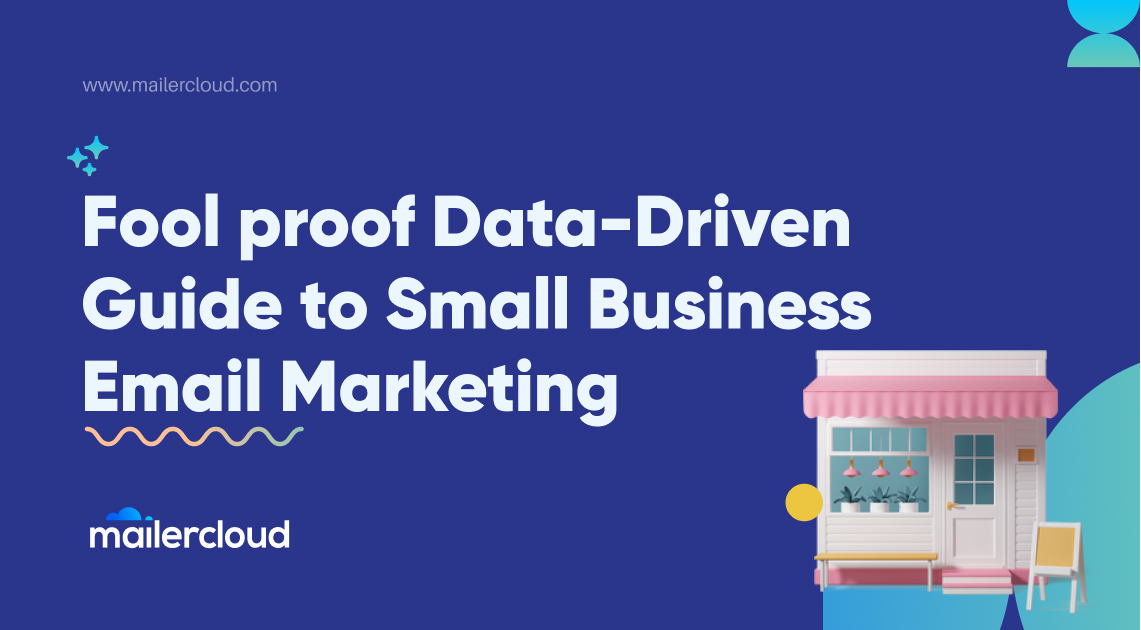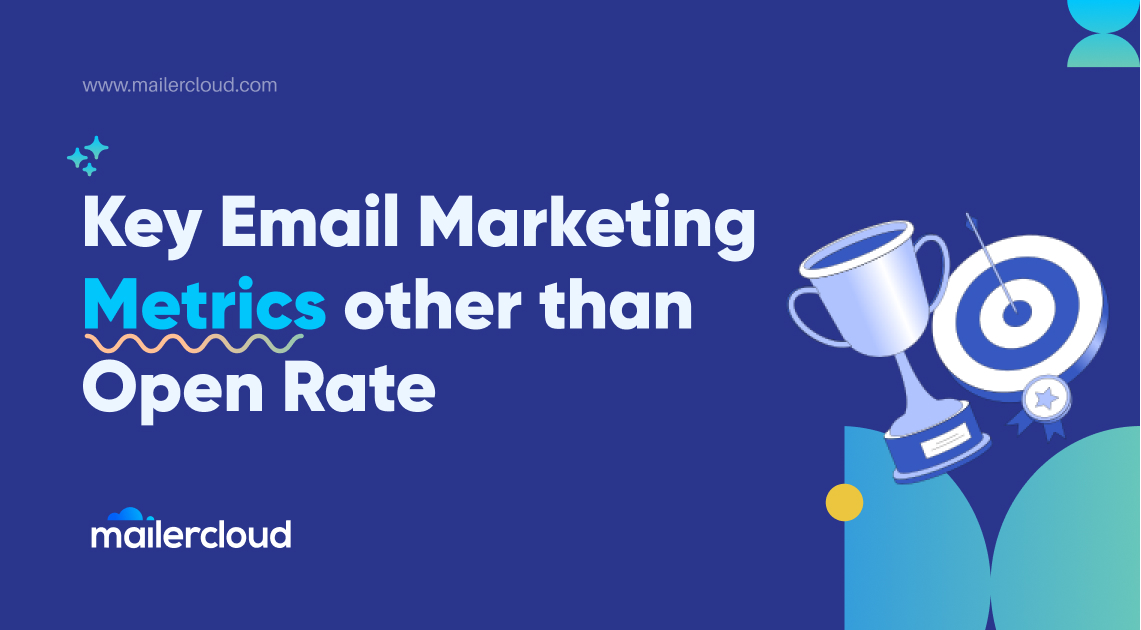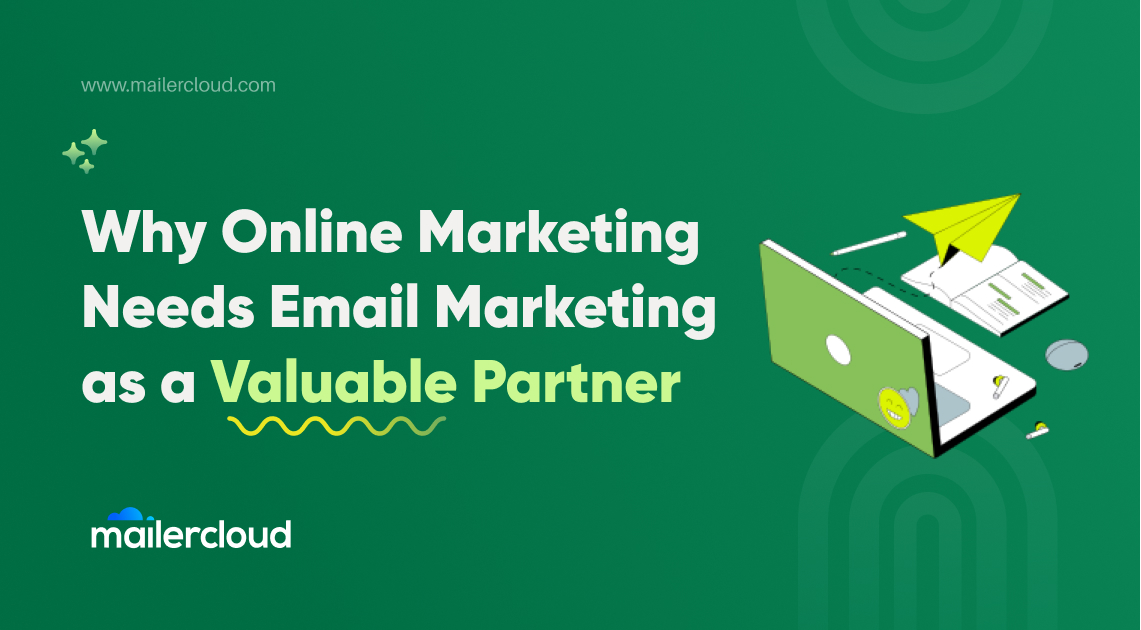Embarking on a journey to switch your email marketing platform?
This comprehensive guide will lead you step-by-step through the process, focusing on the key areas of deliverability, automation, and why making the switch might be the best decision for your business.
Read on to uncover essential insights, best practices, and crucial considerations that ensure a smooth transition to a new email marketing tool.
Table of Contents
Why Make the Switch to a New Email Marketing Platform?
The decision to switch email marketing platforms can stem from various reasons. You might be looking for more sophisticated automation features, better deliverability rates, or perhaps your current email marketing tool just isn’t aligning with your business goals anymore. Whatever your reason for switching, making the move can open up new opportunities for your email campaigns.
What to Look for in a New Email Marketing Provider?
Choosing a new email marketing provider involves considering various factors. Look for a platform that provides robust automation features, guarantees high deliverability rates, and offers excellent customer support. Check if it integrates well with other tools in your marketing stack. Explore its template options and ensure they align with your brand aesthetics.
When is the Right Time to Switch Email Marketing Platforms?
Knowing when it’s time to switch is crucial. If you find that your current email marketing tool lacks the advanced features necessary for your campaigns or that your deliverability rates have taken a hit, it might be time to consider switching. Another sign could be increased subscriber complaints or unsubscriptions, indicating dissatisfaction with your emails.
How to Migrate Your Current Email List to a New Platform?
Migrating your email list is one of the first steps in making the switch. Start by exporting your current list from your old platform and importing it into the new one. Make sure to clean up your list during this process, removing inactive or unresponsive subscribers to maintain high deliverability rates.
Step 1: Export Your Current Email List
The first step is to export your email list from your platform. Most platforms have an “Export” function that allows you to download your list as a CSV file. Remember to include all relevant data fields like names, email addresses, and any segmentation tags.
Step 2: Clean Up Your Email List
Before importing the list into the new platform, it’s a good idea to clean it up. Remove any inactive or unresponsive subscribers. This will help improve your deliverability rates on the new platform. Use an email validation tool to remove any invalid email addresses.
Step 3: Import Your Cleaned-Up Email List to Your New Platform
After cleaning up your list, it’s time to import it into your new email marketing platform. Most platforms provide an “Import” option where you can upload your cleaned-up CSV file. Follow the instructions provided by the platform to ensure a successful import.
Step 4: Re-apply Segmentation Tags or Groups
If you had segmentation tags or groups in your old platform, you would want to reapply these in the new platform. Make sure your new platform supports the same level of segmentation.
Step 5: Send a Welcome Email
Once your list is successfully imported and segmented, send a welcome email from your new platform. This confirms the successful import and informs your subscribers about the switch.
Step 6: Monitor and Adjust
After sending the first few emails, monitor open rates, bounce rates, and other relevant metrics closely. This will help you identify any issues and make necessary adjustments.
Remember, transferring your email list is a crucial part of switching to a new email marketing tool. It requires careful planning and execution to ensure a smooth transition.
What Impact Will Moving to a New Email Service Have on Deliverability?
Switching email service providers can impact your deliverability rates due to changes in IP address and sender reputation. It’s best to warm up your new IP address by gradually increasing the volume of emails sent. This helps maintain sender reputation and ensures better email deliverability.
When switching your email marketing tool, it’s essential to consider how it might impact your email deliverability. Here are key points to keep in mind:
- Your email deliverability rate, the percentage of emails reaching inboxes successfully, can significantly influence your email marketing effectiveness.
- If you’re continuing to use the same domain after the switch, don’t assume your ‘sender’ domain reputation will automatically carry over.
- Google actively monitors the DKIM (DomainKeys Identified Mail) domain reputation. This is an authentication method that checks for forged sender addresses in emails, which is often used in phishing and spamming.
- Many marketers believe they don’t need to warm up their domain with the new tool if their sender domain is already warmed up. But this is a common misconception and can lead to lower deliverability rates.
- If your previous tool signed DKIM on a shared domain and not your sender domain, your sender domain essentially has no reputation on Google Postmaster.
- In such cases, warming up your sender domain with the new email marketing tool is necessary. This involves gradually increasing your email send volume over time, establishing a positive sending reputation with ISPs (Internet Service Providers).
- Without warming up, a sudden high volume of emails from a new source could be flagged as spam. Therefore, even if you’re using the same sender domain, a warm-up process is crucial for maintaining good deliverability rates when moving to a new email service provider.
Embracing a new platform such as Mailercloud involves an automatic verification of your sign-up email during the registration process. However, to optimize deliverability, it’s advisable to take an extra step and authenticate your domain. It’s best if this is the same domain that was associated with your earlier email marketing platform. Maintaining consistency in domain use helps prevent unnecessary red flags for ISPs and facilitates the transfer of the sending reputation you’ve cultivated on your domain.
How Can Automation Enhance Your Email Campaigns on a New Platform?
Automation is a game-changer in email marketing. It allows you to send timely, personalized emails to your subscribers, driving engagement. Look for automation features in your new platform such as drip campaigns, behavioral triggers, and segmentation capabilities. These can take your email campaigns to the next level.
What are the Best Practices for Sending Follow-Up Emails on a New Platform?
Sending follow-up emails on your new platform effectively requires understanding its specific features and capabilities. Use personalization, time your emails well, and ensure they provide value to the recipient. Monitor open and click rates to adjust your strategy as needed.
How to Manage Your Subscriber Base When Switching Email Service Providers?
Properly managing your subscriber base during the switch is crucial. Inform your subscribers about the switch and reassure them about data privacy. Keep track of engagement rates and use this data to clean up your list as needed.
What are the Potential Challenges of Switching Email Marketing Tools?
Switching platforms can come with challenges. Integration issues, changes in deliverability rates, learning a new interface, and potential disruptions to ongoing campaigns are few. Proper planning and team training can help mitigate these challenges.
- Learning Curve: Every platform has unique features and interfaces. Getting accustomed to a new system can take time and may temporarily slow down your marketing efforts.
- Data Migration: Transferring your existing email lists, templates, and campaign data from your old platform to the new one can be a complex process. There’s also the risk of data loss during migration.
- Integration Issues: Your new platform may not integrate seamlessly with your existing tech stack, which can disrupt your workflow and lead to inefficiencies.
- Changes in Deliverability Rates: Moving to a new platform can affect your email deliverability rates due to changes in IP address and sender reputation.
- Cost Implications: Depending on the platform you’re switching to, there could be increased costs. These can include the subscription fee for the new tool and potential charges for data migration.
- Disruptions to Ongoing Campaigns: If you have ongoing email campaigns, switching platforms could cause disruptions, affecting your campaign performance.
- Training Needs: Your team will need training to use the new tool effectively, which requires an investment of time and resources.
Remember, while these challenges may seem daunting, with proper planning and execution, they can be managed effectively.
How to Measure Success After the Switch to a New Email Marketing Platform?
Success after the switch can be measured using metrics like open rates, click-through rates, bounce rates, and conversion rates. Monitor these metrics closely after the switch, making necessary adjustments to your strategy based on the data.
Summary
- Understand the reasons for switching to a new email marketing platform.
- Consider essential features when choosing a new provider.
- Recognize when it’s time to make the switch.
- Migrate your email list efficiently and clean it up in the process.
- Warm up your new IP address to maintain deliverability rates.
- Leverage automation features of your new platform.
- Follow best practices for sending follow-up emails.
- Manage your subscriber base effectively during the switch.
- Prepare for potential challenges during the switch.
- Monitor key metrics post-switch to measure success.
As a Marketing Director, I develop and implement marketing strategies, conduct market research, and manage a team of marketing professionals. With a successful track record of launching campaigns that drive revenue growth, I bring my marketing expertise to blog writing, creating engaging content that promotes the brand and its products/services.





























